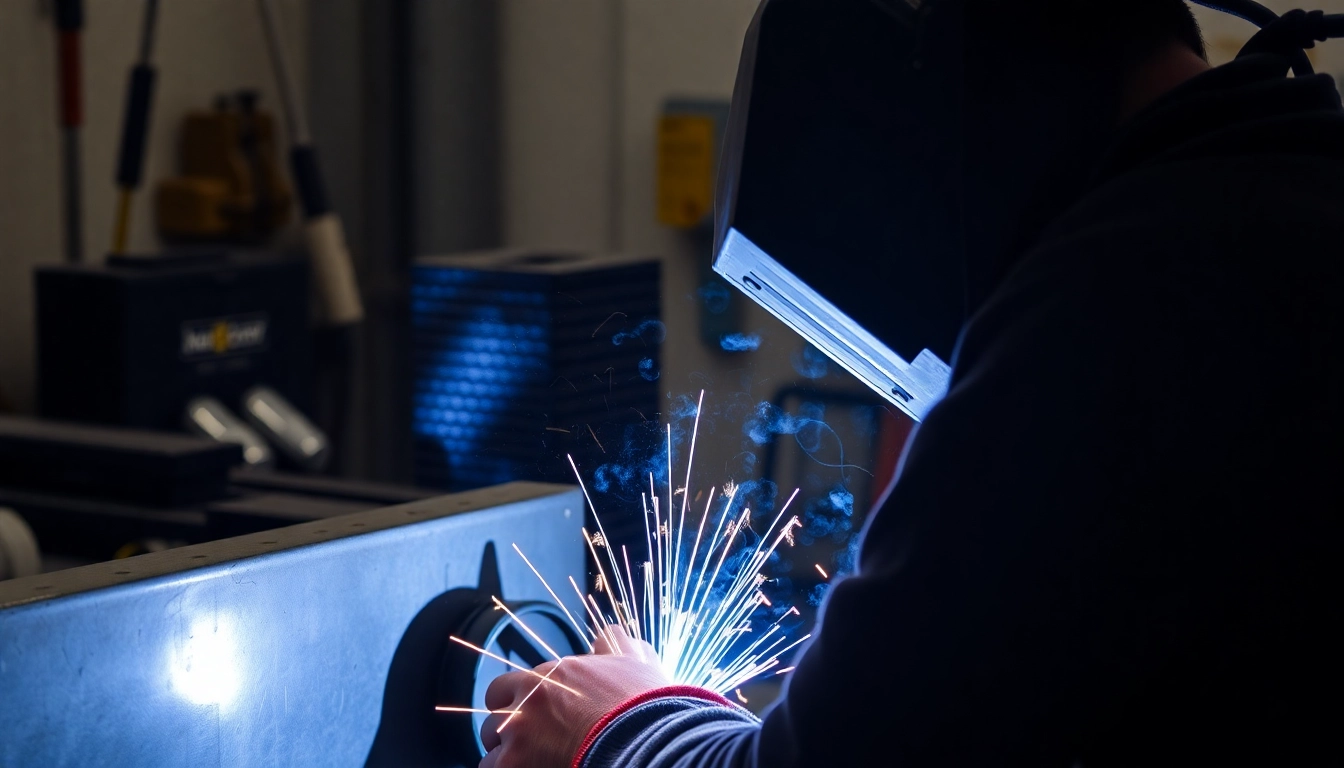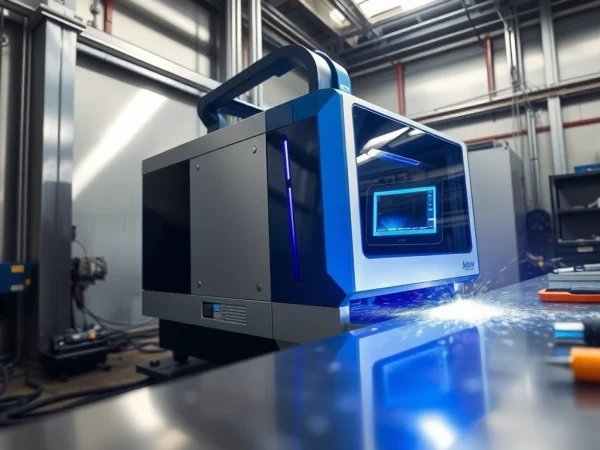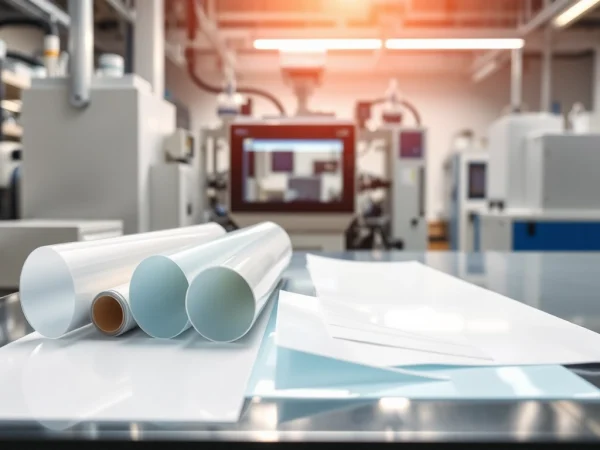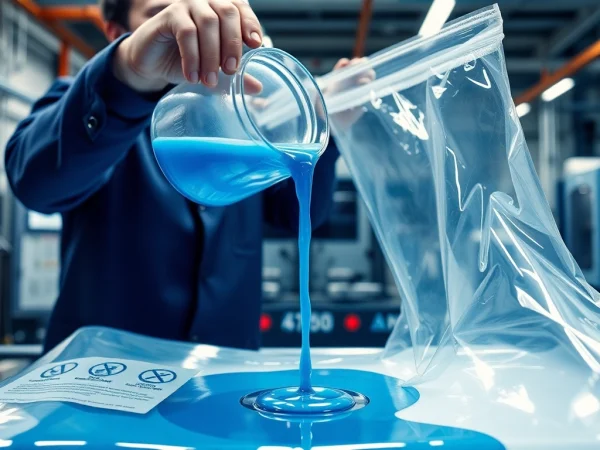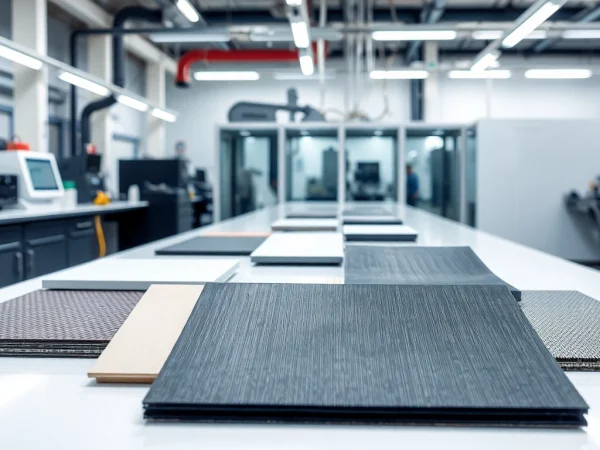The Best AC DC TIG Welder for Professionals and Hobbyists Alike
Understanding AC DC TIG Welders
What is an AC DC TIG Welder?
An AC DC TIG welder is a pivotal piece of equipment in the welding field, aptly named for its ability to operate on both Alternating Current (AC) and Direct Current (DC). This dual functionality is critical for various welding tasks, catering to a wide range of materials including aluminum, stainless steel, copper, and titanium. Unlike traditional welding methods, TIG (Tungsten Inert Gas) welding utilizes a non-consumable tungsten electrode to produce the weld, making it ideal for high-precision work and critical applications.
The versatility of the ac dc tig welder allows welders to switch between AC for aluminum, which helps clean the oxide layer while welding, and DC for a broader range of metals, effectively providing the best of both worlds in welding operations.
Advantages of Using AC DC TIG Welders
Choosing an AC DC TIG welder comes with numerous advantages that can greatly enhance the quality and efficiency of welding tasks. Some key benefits include:
- Versatility: The dual functionality allows for welding on a variety of materials, from aluminum to stainless steel and more.
- Precision: TIG welding provides excellent control over the heat and weld pool, resulting in clean and strong welds.
- Configurability: Welders can adjust settings to suit specific tasks, making it suitable for both thin and thick materials.
- Less distortion: The concentrated heat allows for minimal distortion around the weld area.
Common Applications of AC DC TIG Welding
AC DC TIG welding finds applications across various industries due to its adaptability and precision. Some of the most common applications include:
- Aerospace: Used for critical welds on aircraft components.
- Automotive: Ideal for intricate welding on car structures and parts.
- Fabrication: Utilized in metal fabrication shops for high-quality joins.
- Artistic projects: Artists and metalworkers often use TIG welding to create sculptures or installations with intricate details.
Choosing the Right AC DC TIG Welder
Key Features to Consider
When selecting an AC DC TIG welder, it is essential to consider several features to ensure the machine meets the needs of the user:
- Output Range: Look for a model that offers a suitable output range for your welding projects, typically 1-250 amps for most applications.
- Duty Cycle: The duty cycle indicates how long you can weld before the machine needs a break. A higher duty cycle means less downtime.
- Ease of Use: Features like digital displays, intuitive controls, and integrated foot pedals can enhance user experience.
- Portability: If you plan to move the welder frequently, consider weight and design for easy mobility.
Popular Brands in the Market
Several reputable brands offer top-notch AC DC TIG welders, each with unique features and capabilities. Some well-known brands include:
- Miller Electric: Known for its reliability and extensive range of TIG welders, including models like the Miller Dynasty series.
- Linelco: Offers durable and versatile welding equipment that caters to various welding professionals.
- Everlast: Renowned for value, providing affordable yet reliable options for welders at all levels.
Budget Considerations and Options
Budgeting for an AC DC TIG welder is crucial, as prices can vary dramatically based on features, reliability, and brand reputation. Typically, you can find models ranging from $500 for entry-level machines to over $3000 for high-end units packed with advanced features.
Consider the following when budgeting for your welder:
- Initial Cost: Decide on the maximum you are willing to invest upfront. Don’t forget to factor in the cost of necessary accessories.
- Long-Term Value: Investing in a slightly more expensive, higher-quality welder may save you money in the long run due to enhanced durability and fewer repairs or replacements.
- Operational Costs: Calculate ongoing costs for gas, consumables, and maintenance when assessing overall budget.
Setting Up Your AC DC TIG Welder
Essential Tools and Equipment Needed
Before setting up your AC DC TIG welder, ensure you have the necessary tools and equipment at hand:
- Protective Gear: Safety glasses, gloves, and welding helmets are vital for personal safety.
- Workstation: A suitable workbench or table for your welding projects.
- Gas Supply: If using an argon gas setup, ensure you have a suitable tank and regulator.
- Welding Rods: Select appropriate tungsten rods and filler materials based on the materials you plan to weld.
Step-by-Step Setup Guide
Setting up your AC DC TIG welder involves several steps:
- Choose a Suitable Location: Set up the welder in a well-ventilated area away from flammable materials.
- Connect Power Supply: Ensure that your power supply is suitable for the machine’s needs and connect it securely.
- Install Gas Supply: If using gas, connect your argon tank and check for any leaks using a soapy water solution.
- Attach Ground Clamp: Secure the ground clamp to your workpiece to create a solid electrical connection.
- Set Welding Parameters: Adjust the settings corresponding to the material, thickness, and type of welding required.
Safety Tips for TIG Welding
Safety should always be a priority when working with TIG welders. Here are some essential safety tips:
- Wear Protective Gear: Always wear suitable clothing, helmets, gloves, and protective eyewear.
- Maintain a Clean Workspace: Ensure your welding area is tidy and free from obstructions or hazards.
- Monitor Gas Levels: Regularly check gas levels and tank integrity; faulty tanks can pose risks.
- Handle Equipment with Care: Properly maintain your equipment to avoid malfunctions during operation.
Advanced TIG Welding Techniques
Exploring Pulsed TIG Welding
Pulsed TIG welding is an advanced technique that enhances control and precision by pulsing the current during welding. This method has various advantages:
- Reduced Heat Input: Pulsing the weld helps control heat input, which can prevent warping and burn-through in thin materials.
- Improved Penetration: Pulsed settings can produce better penetration in the weld, ensuring a stronger joint.
- Versatility: This technique accommodates different materials and thicknesses, allowing welders to adapt to various projects.
Optimizing Arc Performance
Optimizing the TIG welding arc is crucial for achieving the best results. Consider the following strategies:
- Correct Tungsten Size: Use the appropriate size of tungsten rod for your material thickness and type.
- Adjust Gas Flow: Ensure the argon gas flow is adequate to shield the weld area from contamination.
- Maintain Proper Arc Length: Keeping a consistent arc length ensures balanced heat distribution throughout the weld.
TIG Welding Aluminum vs. Steel with AC DC
Welding aluminum and steel requires different techniques and settings due to their distinct properties:
TIG Welding Aluminum
When welding aluminum:
- Use AC settings to remove the oxide layer for cleaner welds.
- Adjust the cleaning action for effective cleaning and penetration.
- Maintain a short arc length to ensure fine control over the weld pool.
TIG Welding Steel
In contrast, when welding steel:
- Utilize DC settings for practical and efficient welding.
- Focus on the correct filler material to achieve optimal bond strength.
- Control the travel speed to regulate the appearance and density of the weld.
Maintaining Your AC DC TIG Welder
Regular Maintenance Essentials
Regular maintenance can significantly extend the life of your AC DC TIG welder. Regular checks should include:
- Inspecting Cables and Connections: Look for fraying or wear on cables and ensure all connections are secure.
- Cleaning Components: Remove accumulated dust and debris from the machine, especially around ventilation areas.
- Testing Performance: Routinely test the welder’s performance by completing a sample weld to verify functionality.
Common Issues and Troubleshooting
Despite careful maintenance, issues can arise. Here are common problems and potential solutions:
- Inconsistent Arc: Check for a faulty ground connection and ensure the correct settings are applied.
- Overheating: Ensure the duty cycle is adhered to and that ventilation is adequate.
- Poor Weld Quality: Inspect the filler rods and tungsten quality, and adjust the settings as necessary.
When to Seek Professional Repair
When maintenance and troubleshooting do not correct issues, it may be time to seek professional assistance:
- Persistent electrical problems despite correct settings.
- Physical damage to the machine that impacts performance.
- Failure to weld properly even after thorough troubleshooting.
